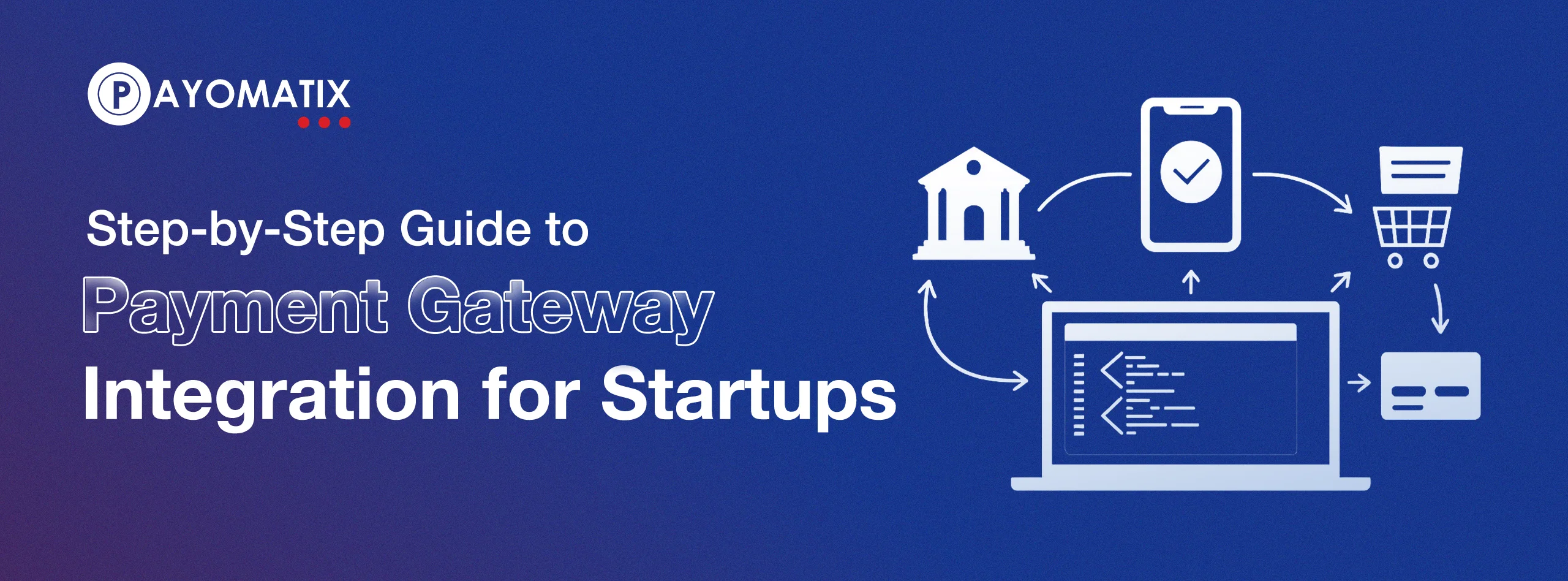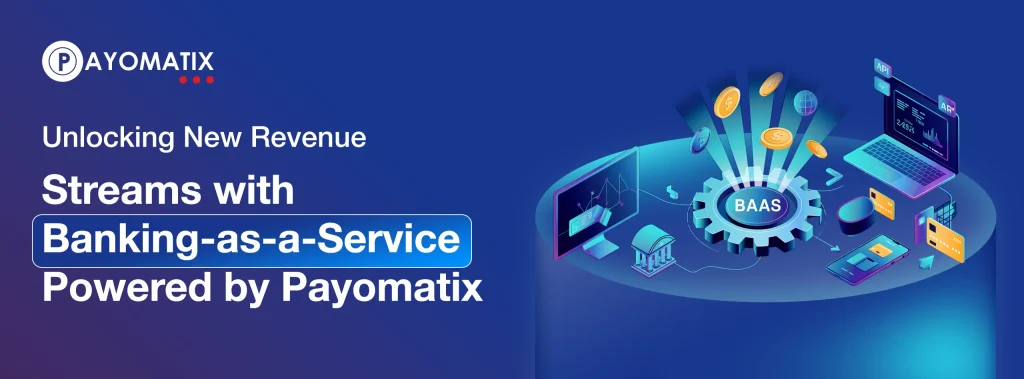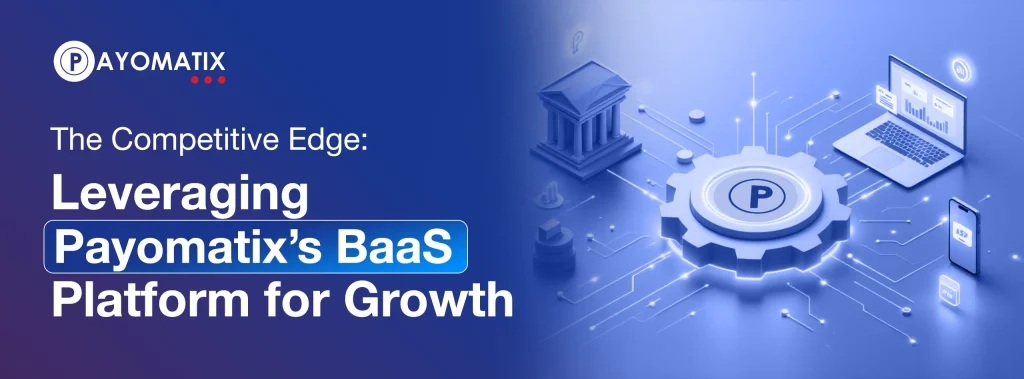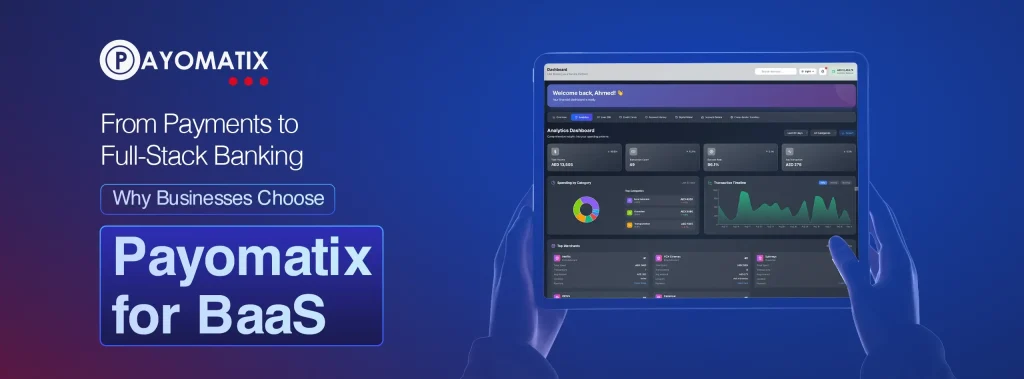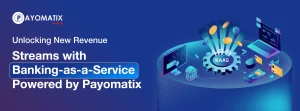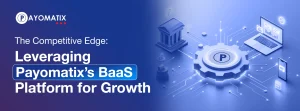Launching a startup is exciting, but one of the most crucial aspects of building trust with your customers is offering a seamless payment experience. Whether you’re running an e-commerce store, a SaaS platform, or a subscription-based business, smooth payment gateway integration ensures your customers can pay easily and securely.
This guide walks you through the step-by-step process of payment gateway integration, while also covering essentials like merchant account services and e-commerce fraud prevention.
Step 1: Understand What Payment Gateway Integration Means
A payment gateway is a secure technology that connects your website or app with financial institutions to authorize and process payments. For startups, proper payment gateway integration ensures that customers’ transactions are processed quickly, safely, and without unnecessary friction.
Step 2: Choose the Right Payment Gateway
Not all gateways are created equal. Consider these factors before integrating:
- Supported payment methods: Cards, UPI, wallets, net banking, BNPL
- Global reach: Ability to accept international payments
- Fees: Transaction charges, setup fees, and hidden costs
- Ease of integration: APIs, plugins, or SDKs for your platform
Step 3: Set Up Merchant Account Services
To accept online payments, startups typically need merchant account services—a type of bank account that allows businesses to hold and process card payments. Some gateways offer this bundled with their platform (aggregator model), while others require a separate account. Choosing the right service helps you reduce payout delays and manage funds better.
Step 4: Integrate and Test in Sandbox Mode
Most providers offer APIs or plugins to embed the payment gateway into your checkout flow. Always start with sandbox (test) mode before going live to:
- Verify payment flows
- Test multiple devices and browsers
- Identify bugs and user experience issues
Step 5: Prioritize E-commerce Fraud Prevention
Fraud is one of the biggest risks for online businesses. Strong e-commerce fraud prevention measures must be in place:
- Enable 3D Secure (2FA for card payments)
- Use tokenization and encryption for sensitive data
- Implement AI-driven fraud detection tools provided by your gateway
- Monitor suspicious transactions and set custom risk rules
Step 6: Go Live and Monitor Transactions
Once testing is complete, switch to live mode and monitor your transactions. Keep an eye on metrics like:
- Payment success rates
- Decline reasons
- Customer feedback on checkout experience
Regularly optimize your setup to ensure a smooth and secure payment experience.
FAQs on Payment Gateway Integration for Startups
1. Do startups need a merchant account to integrate a payment gateway?
Not always. Many modern gateways offer aggregated merchant account services, allowing startups to accept payments without opening a dedicated merchant account.
2. How long does payment gateway integration take?
For most startups, integration via plugins takes a few hours, while API-based payment gateway integration may take a few days depending on complexity.
3. What are the best practices for e-commerce fraud prevention?
Enable two-factor authentication, use tokenization, monitor suspicious activity, and rely on your gateway’s fraud detection tools.
4. Can a startup use multiple payment gateways?
Yes, many businesses use more than one gateway to improve reliability, reduce downtime risks, and offer customers more payment options.
5. How much does payment gateway integration cost?
Costs vary depending on the provider. Expect setup fees (if any), per-transaction charges, and possible monthly fees. Some providers charge as low as 2% per transaction.
Final Thoughts
For startups, payment gateway integration is more than a technical setup—it’s a business growth enabler. From selecting the right merchant account services to ensuring e-commerce fraud prevention, every step contributes to building customer trust and driving sales.
By following this step-by-step approach, startups can create a secure, smooth, and scalable payment infrastructure that supports long-term growth.


